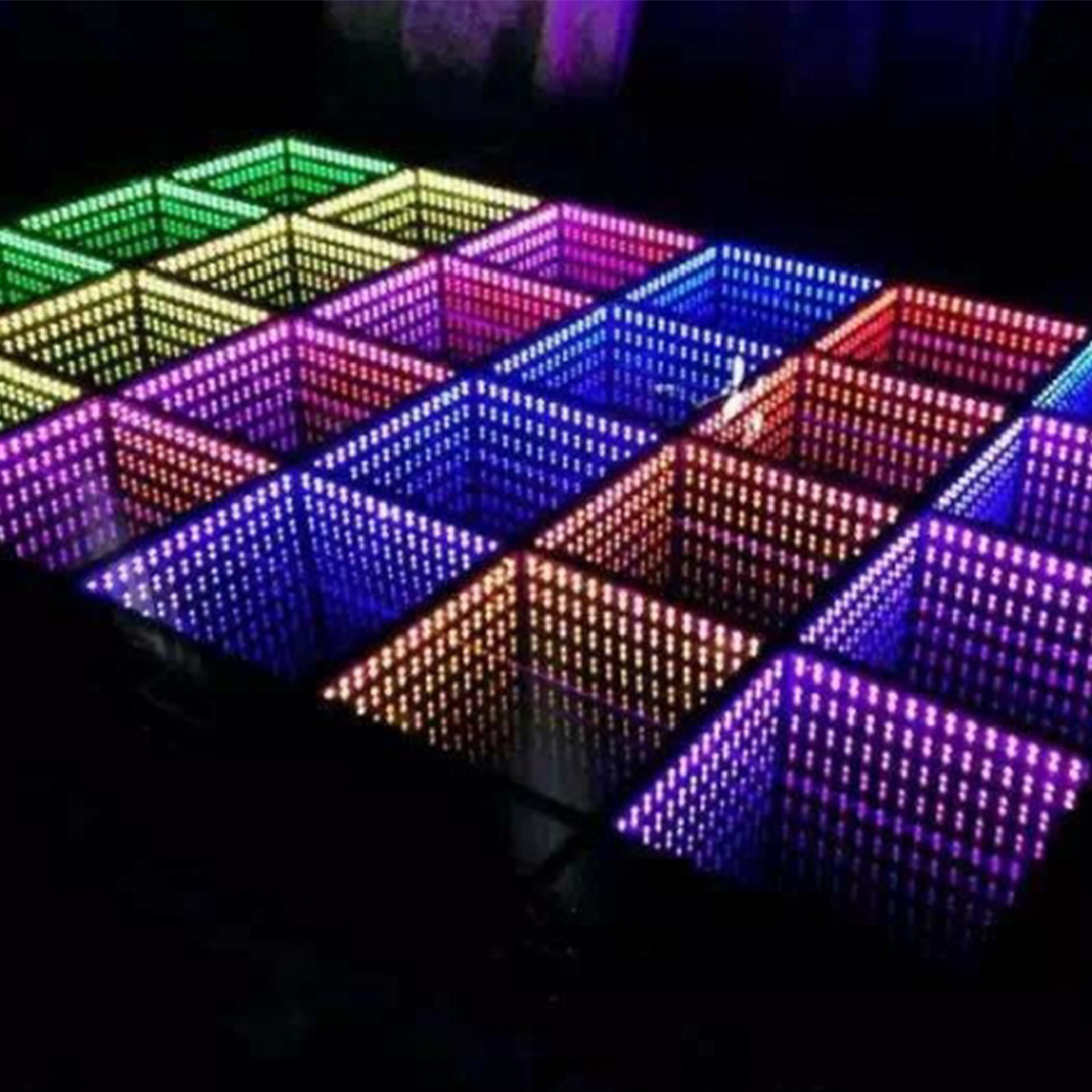Enhancing Creativity With Color Concept in Light Emitting Diode Movement Floor Creations
Enhancing Creativity With Color Concept in Light Emitting Diode Movement Floor Creations
Blog Article
Color theory is a crucial aspect of design, especially as it comes to creating light-emitting diode dancing surfaces. The interplay of hues can significantly affect the atmosphere and energy of a venue. By grasping how colors function together, creators can craft an ambiance that enhances the overall encounter for dancers. This piece explores the fundamentals of hue theory and its application in light-emitting diode dancing surface layouts.
The main hues are crimson, azure, and golden. These hues cannot be created by blending different colors combined. Intermediate hues, such as emerald, tangerine, and violet, are formed by combining main hues. Tertiary colors are formed by mixing a primary color with a secondary color. Understanding these basic connections helps creators choose colors that complement one another and create a visually appealing display. Combining these hues on an light-emitting diode dancing floor can result to vibrant and stimulating outcomes that attract the focus of participants.
Color temperature also holds a key role in design. Colors can be categorized as warm or chill. Hot hues, such as crimson, orange, and yellow, tend to evoke emotions of excitement and warmth. In opposition, chill hues like azure, green, and purple often create a serene and tranquil atmosphere. Designers can use these color values to establish the ambiance for various types of events. For instance, a party atmosphere may benefit from hot hues that invigorate the crowd, while a more relaxed occasion might use chill hues to offer a calming effect.
In addition to hue pairings and value, luminosity and intensity are Discover More essential elements to take into account. Luminosity denotes to how light or dark a color looks, while intensity measures the intensity of a color. Bright, intense hues can create a vibrant and lively atmosphere, ideal for dance floors. On the contrary hand, gentler, lower intense hues can create a more muted environment. By manipulating brightness and intensity, creators can attract focus to specific areas of the dancing surface or create visual routes, guiding participants through the space.
Ultimately, it is visit their website essential to take into account the emotional effects of hue in light-emitting diode dance floor layouts. Various colors can elicit different emotions and responses. For example, crimson is frequently associated with zeal and vitality, while blue can be calming and tranquil. Grasping these associations allows creators to strategically apply colors to influence the behavior of participants. Through incorporating color principles into light-emitting diode dance floor layouts, designers can enhance the overall encounter, rendering it unforgettable and enjoyable for everyone participating.